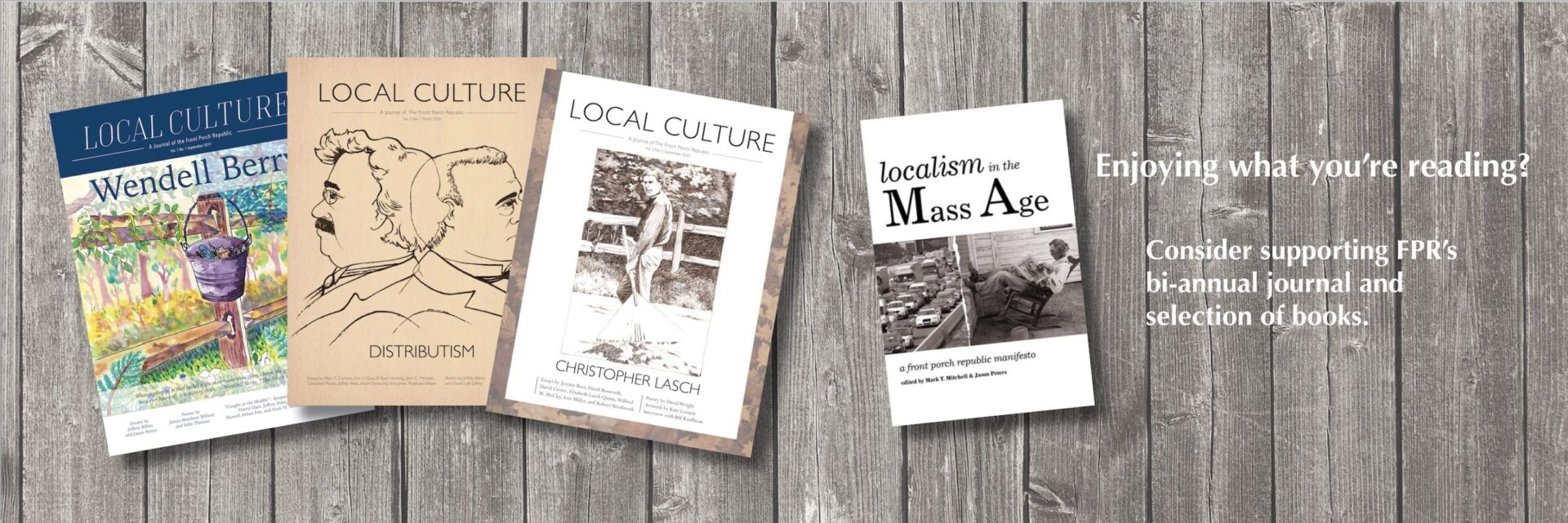When considering who genuinely wields power in a society, politicians or business people are more likely to come to mind than architects. Yet unknown, inconspicuous architects have more influence over the realm of person-to-person interaction than even the most controlling dictator. Architects do not rule through edict or decree but instead through blueprints and esoteric knowledge of what is “trendy.” In this time of unprecedented loneliness, no architectural style could possibly accentuate the ubiquitous feeling of social isolation quite like modernist architecture.
Modernist architecture highlights the underlying problem inherent in modern society: the promotion of functionality over beauty. Through towers of concrete and glass, Modernist architecture cloisters individuals into dreary floors of cubicles perfectly suited for the extraction of surplus value. Windows, once used to perceive the beauty of the world, exist merely as a way for the modern man to mark the beginning and the end of the work day through the ebb and flow of sunlight. In short, Modernist architecture misses the history and relationships that give human lives meaning.
The ruins of ancient Rome, the castles of monarchs long-forgotten, and the beautiful stained-glass pictures featured in many churches serve as chapters in the long history of human society. Modern architecture completely rejects this view of buildings as history and, therefore, elides the messy, intricate problems which face humans in the twenty-first century.
In the years preceding widespread literacy, the high ceilings of cathedrals would bring wonder and awe to people by directing their attention to something that was beyond the earthly. Similarly, statues and icons of saints and heroes of old would create shared feelings of wonder and awe. In contrast, the tall skyscrapers of modern architecture encourage individuals to peer up at their unimaginable heights or down on the distant earth. Such scale renders individuals miniscule and meaningless. Modern architecture doesn’t draw people toward some greater meaning or purpose. The only purpose of modern architecture is to facilitate the ruthless efficiency of neoliberal capitalism.
A clear example of how Modernist architecture literally and figuratively destroys community is the Pruitt-Igoe housing complex in Saint Louis. In many ways, the Pruitt-Igoe housing complex represents the “death of the American dream.” Cheaply constructed in the years following the Second World War, Pruitt-Igoe was known for its “crime, squalor and social dysfunction.” Pruitt-Igoe was notably devoid of community spaces as its creator, Minoru Yamasaki, was encouraged to minimize these areas by penny-pinching government officials. Similar to Yamasaki’s most famous project, the Twin Towers, the Pruitt-Igoe housing complex was eventually destroyed and the site converted into a medical campus for Ponce Health Sciences University. Just like buildings, communities fall without a strong foundation.
Thankfully, there has been a much needed pushback against Modernist architecture, but, unfortunately, it has come in the form of Postmodern and Brutalist architecture. Postmodern architecture and its destructive sibling, Brutalist architecture, seek to tear down the orthodoxy of modern architecture and replace it with something arguably worse. For example, Postmodern architecture does not seek to create buildings that are welcoming or homely but instead to create buildings which are radically unique. On the contrary, Brutalist architecture seeks to accentuate the minimalism and “lifelessness” of modern architecture via exposed concrete, less windows, and even more monochrome colors.
The remedy to the ills exacerbated by Modern, Postmodern, and Brutalist architecture might seem to be to simply a return to the architecture of old, but in doing that we would make the same blunder as the Modernists who seek to disregard culture. Modernism is a part of our history that must be resolved but not ignored or destroyed. We can never truly return to classical architecture, but we can try to recall its wisdom and incorporate it into our world. Enter New Classicism. Possibly, the best way to describe New Classicism is as a form of “post-Postmodernism.” The original Postmodernists sought to incorporate some classical elements into their radical projects of architectural individualism. New Classicism seeks to use mostly, if not solely, classical elements to critique the same and instead foster community.
Communities inspired by New Classicism have seen far more success than the aforementioned Pruitt-Igoe housing complex. One testament to this fact is Poundbury, located in the United Kingdom. The brainchild of King Charles III, a major critic of modernist architecture, Poundbury is much different from other increasingly modernist English cities. According to the Christian Science Monitor, “[Poundbury] has fostered a genuine community… from choirs and drama clubs to playgroups for children and a gardening club… the town square… hosts a food and arts festival in August, and a nondenominational Christian church relocated to the town in 2018.” Poundbury is also a place that cares for its residents with affordable housing and government discounts ensuring that people of all economic classes are welcome. Poundbury has shown that a better world free from Modernist architecture is possible, but it is up to us to act.
As we seek to reclaim our built environment and styme the ramifications of Modernist architecture, we need to remember that the places we inhabit have the power to define our culture as one of isolation or of community. We must demand the latter.
Clearly, architects and urban planners are the ones who “hold the keys to the kingdom” of architectural aesthetics. It is imperative that those who are sympathetic to the plight of the socially isolated move beyond the sterile functionality of the past and embrace the richness of the human experience. The challenge lies not just in constructing buildings, but in crafting beautiful, walkable environments that foster community and respect our shared histories. The rise of New Classicism offers a path forward—a way to integrate timeless principles with the demands of modern life, creating spaces that are as meaningful as they are practical.
Politicians, both local and national, must recognize the profound impact of architecture on society. The law can be used to either perpetuate the soulless expansion of the Modernist urban sprawl or to foster an aesthetic renaissance of mindful, people-centered development. It is well within their power to incentivize architectural practices that ensure that our cities and towns are not just economically viable but also places where communities can flourish.
Local communities likewise have a critical role in this transformation. The built environment should not be dictated solely by distant architects or policymakers—it should reflect the desires and values of the people who live within it. Communities can assert their voices, get involved in local planning, and advocate for spaces that enrich their daily lives. By demanding architecture that is not only functional but also beautiful and conducive to community, we can begin to rebuild the social fabric that modernism has frayed.
The future of our built environment is in our hands. We can reject the alienation of modernism and instead foster spaces that cultivate connection, celebrate history, and create a sense of belonging. The time for change is now. Let us work together to build not just structures, but communities that stand the test of time.
Image via Freerange Stock











